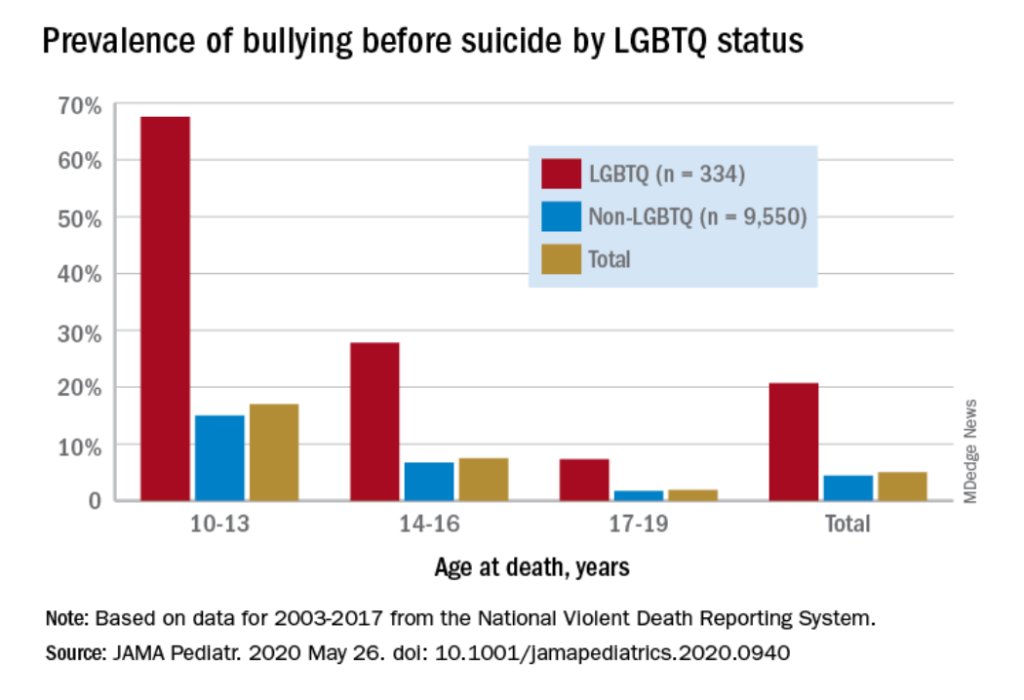By Chloe Fuller

“People in the LGBTQ+ community are about twice as likely to have a mental health disorder in their lifetime compared to the general population. Of particular concern is mental health within the transgender community, as this group tends to have the highest levels of depression, anxiety, and suicidal thoughts.”
- There are many factors that play a role in the mental health of people in the community.
- There are risks like coming out to your family and the consequences, homelessness, suicide rates, and the prejudice against same-sex couples adopting.
Mental health is a known topic amongst everyone but we need to look closer and learn more about groups who are considered minorities such as the LGBTQ+ community.
- The more we learn as a society, the closer we become to ending discrimination and bias

Coming Out
Coming out can be a super scary and nerve-racking thing for people to do, especially if they know their family is not accepting. There are so many people who refuse to come out to family, friends, and co-workers for the fear of rejection, social isolation, harassment, and violence.
Homelessness
Of all the youth homeless population, it is estimated that 30-45% is made up of youth in the LGBTQ+ community. It is extremely common that after someone comes out and they are rejected by their family or who they live with, they are kicked out and therefore become homeless. The highest reported amount of youth who are homeless are transgender. It has been researched and found that 1 in 4 American youth will become homeless the day they come out.
Suicide Rates
Suicide rates are best represented by data on the prevalence of bullying before suicide.
Shown below:

Adoption as a Same-Sex Couple
There is a sexual prejudice against same-sex couples adopting a child. Adoption centers have often said they are not allowed to adopt because they have the idea that the child will grow up to have the same sexual preference or identity as their parents. In the U.S. it is now possible for same-sex couples to adopt but there are some countries that still have a ban against it.
Getting Help/Resources
NAMI (National Alliance on Mental Health) has steps on their website guiding people who are a part of the community in ways they could take action to get the help they need whether that be therapy or more. The steps are the following:
STEP 1: Think about what you’re looking for
- While considering the type of mental health professional you are looking for, it is important to consider what they specialize in and how they can cater to your specific needs
STEP 2: Gather referrals
- NAMI explains – “Many websites that provide mental health professional directory searches, including insurance company websites, have filters that allow you to show only mental health providers who have a specialty or competency in working with LGBTQI patients. Many insurance companies also have information numbers, and they can help find you, providers that are in your area, accept your insurance, and list LGBTQI competency in their profile.”
STEP 3: Make the call
- When making the initial call, you may want to ask the provider if they have previous experience with LGBTQI patients or if they are comfortable working with LGBTQI patients. You can wait to ask this during the first appointment, but you may save time and energy by asking from the start.
STEP 4: Ask questions
- Providers expect and welcome questions from their patients or clients, since this helps them better understand what is important in their treatment. In your first visit with a mental health provider, be forthright about the fact that you are looking for an LGBTQI-competent provider. You should not feel like you need to educate providers about the basic concepts of LGBTQI identities.
STEP 5: Build a relationship
- It may take several calls to find the right provider for you. If the provider does not have the knowledge or experience that you are looking for, you can move on to the next provider and keep searching.
Sources
Corrigan, Patrick, & Matthews, Alicia. (2003). Stigma and disclosure: Implications for coming out of the closet. Journal of Mental Health (Abingdon, England), 12(3), 235-248.
Pistella, Jessica, Pistella, Jessica, Tanzilli, Annalisa, Tanzilli, Annalisa, Ioverno, Salvatore, Ioverno, Salvatore, . . . Baiocco, Roberto. (2018). Sexism and Attitudes Toward Same-Sex Parenting in a Sample of Heterosexuals and Sexual Minorities: The Mediation Effect of Sexual Stigma. Sexuality Research & Social Policy, 15(2), 139-150.
https://www.nami.org/Your-Journey/Identity-and-Cultural-Dimensions/LGBTQI
Images
https://www.granthalliburton.org/pride
https://lmic-cimt.ca/the-search-for-data-on-lgbtq2s-workers/
